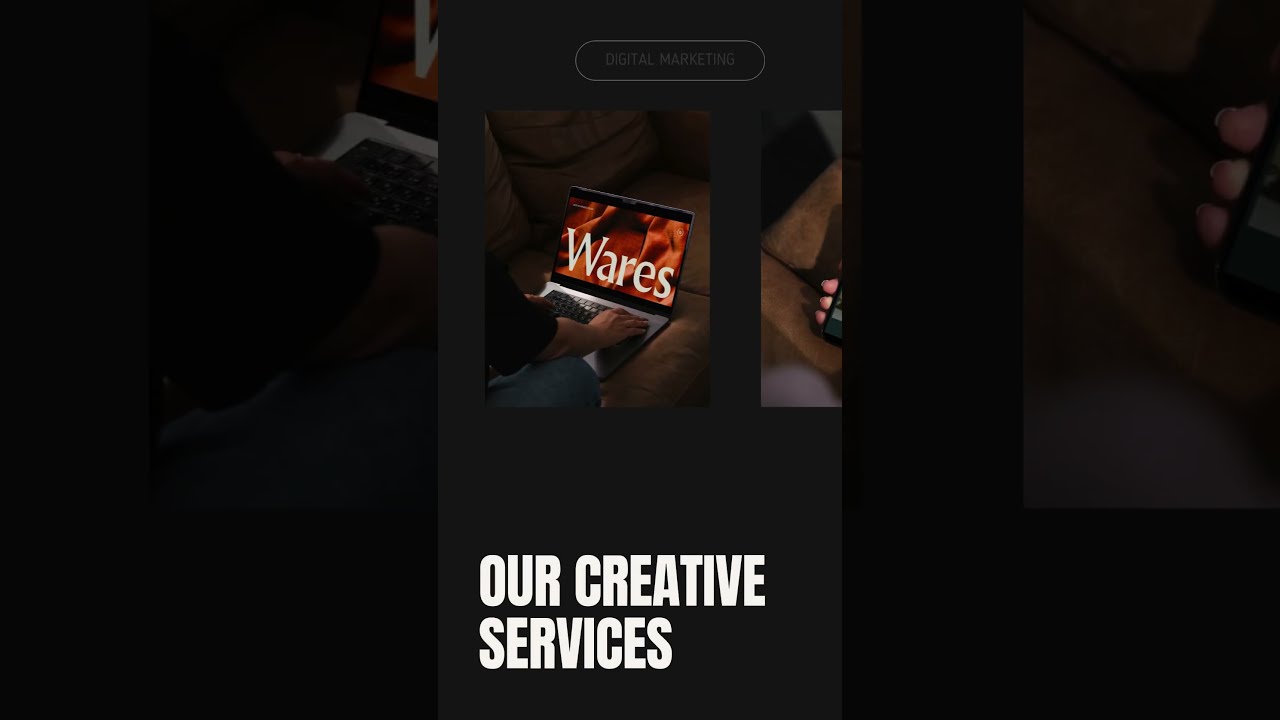Core Web Vitals in 2025: The Key to Optimizing User Experience and SEO
As we step into 2025, Core Web Vitals remain a critical factor in both user experience and SEO performance. Google introduced Core Web Vitals as a ranking factor in 2021, and by now, they’ve solidified their importance in determining how well your website performs in search engine results. But what exactly are Core Web Vitals, and why should businesses and web developers prioritize them in 2025?
In this article, we’ll dive into the Core Web Vitals metrics, explain how they impact SEO, and explore strategies for optimizing your website to meet Google’s requirements and deliver a better user experience.
What Are Core Web Vitals?
Core Web Vitals are a set of performance metrics established by Google that measure the user experience on a website. These metrics focus on factors that directly affect how users perceive the performance and usability of a site. While there are numerous factors that affect SEO rankings, Core Web Vitals are particularly important because they assess aspects of your website that are crucial for keeping users happy and engaged.
The three main Core Web Vitals are:
- Largest Contentful Paint (LCP) – Measures loading performance.
- First Input Delay (FID) – Measures interactivity.
- Cumulative Layout Shift (CLS) – Measures visual stability.
Each of these metrics focuses on different stages of the user experience, from how fast the page loads to how quickly users can interact with it, and how stable the content appears while it loads.
1. Largest Contentful Paint (LCP)
LCP measures how long it takes for the largest visible element on the screen to load and become fully visible to the user. This typically refers to the largest block of text or image, such as a hero image or a large heading. LCP is an essential metric for assessing how quickly a page appears usable to a visitor.
Why It Matters:
- User Experience: A slow LCP can frustrate users, causing them to abandon the page before it fully loads. The faster this content appears, the more likely users are to stay on the page.
- SEO Impact: Google uses LCP as a ranking factor, so pages with slow load times could see a drop in rankings.
Target:
- Good LCP: 2.5 seconds or faster.
- Needs Improvement: Between 2.5 and 4.0 seconds.
- Poor LCP: Longer than 4.0 seconds.
How to Optimize LCP:
- Optimize images and videos by compressing them or using modern formats like WebP.
- Minimize CSS and JavaScript that blocks the rendering of the page.
- Leverage lazy loading for non-essential content.
- Ensure your server performance is fast, and consider a content delivery network (CDN) to serve content quickly from locations close to your users.
2. First Input Delay (FID)
FID measures the time it takes for the browser to respond to the first interaction from the user—whether it’s a click, tap, or any other form of input. A high FID indicates that the website is unresponsive or slow to react to user actions, which negatively affects the user experience.
Why It Matters:
- User Experience: If a user clicks a button or link, but the page doesn’t respond immediately, they may feel that the site is broken or untrustworthy. This can lead to frustration and abandonment.
- SEO Impact: Google prioritizes sites that are responsive and offer smooth interactivity.
Target:
- Good FID: Less than 100 milliseconds.
- Needs Improvement: Between 100 and 300 milliseconds.
- Poor FID: Longer than 300 milliseconds.
How to Optimize FID:
- Minimize JavaScript: Reduce the amount of JavaScript that needs to run before a user can interact with the page. Use code splitting to load only essential code initially.
- Use asynchronous loading for JavaScript: This ensures that scripts don’t block the main page content.
- Implement browser caching: Make sure resources that are reused on the page are loaded quickly from the cache.
- Prioritize interactive content: Load essential interactive elements first to ensure users can engage with the site as soon as possible.
3. Cumulative Layout Shift (CLS)
CLS measures the visual stability of a page during its loading process. It quantifies how much the content shifts around on the screen as the page loads, which can be annoying for users if text or buttons move unexpectedly.
Why It Matters:
- User Experience: Unexpected content shifts can cause frustration, especially if users click on a link or button by mistake when it moves.
- SEO Impact: A high CLS score indicates a poor user experience, which can negatively affect search rankings.
Target:
- Good CLS: A CLS score of less than 0.1.
- Needs Improvement: Between 0.1 and 0.25.
- Poor CLS: Greater than 0.25.
How to Optimize CLS:
- Reserve space for images and ads: Always specify size attributes for images, videos, and iframes so they don’t shift when they load.
- Avoid dynamic content shifts: Avoid making content appear or change size in ways that push other elements around as the page loads.
- Use proper font loading strategies: Ensure that fonts load in a way that doesn’t cause shifts when text appears.
Why Core Web Vitals Matter for SEO in 2025
Google’s focus on Core Web Vitals is part of a broader trend toward prioritizing user-centric signals in search rankings. While traditional SEO factors like backlinks and keyword optimization remain important, the user experience now plays a critical role in determining how well a page ranks.
Websites that deliver fast, stable, and responsive user experiences are more likely to rank higher in search results. Google wants to reward sites that prioritize user satisfaction, and Core Web Vitals are a clear indicator of how well a site is meeting those needs.
In 2025, as competition for search rankings increases, businesses that fail to meet the Core Web Vitals standards could fall behind those that invest in performance optimization.
How to Improve Core Web Vitals for Your Site
- Optimize for Mobile: In 2025, mobile-first indexing is more important than ever. Since mobile users are more likely to experience slower loading times, optimizing for mobile responsiveness is essential for improving Core Web Vitals.
- Leverage Modern Technologies: Use next-gen image formats like WebP, optimize fonts, and make use of critical CSS to improve loading times and ensure a smooth, stable visual experience.
- Monitor and Measure: Use tools like Google PageSpeed Insights, Lighthouse, or Web Vitals to continuously monitor your website’s performance and identify areas for improvement. Regular testing helps catch issues before they impact rankings.
- Focus on Server Performance: A slow server can lead to poor LCP and FID scores. Consider upgrading your hosting plan or utilizing a CDN to speed up content delivery globally.
- Prioritize User Experience (UX): Beyond Core Web Vitals, ensure your overall site design is intuitive, easy to navigate, and offers engaging content that encourages users to stay on your site longer.
Conclusion
Core Web Vitals are a critical part of optimizing your website for both user experience and SEO in 2025. By focusing on LCP, FID, and CLS, businesses can not only improve their search rankings but also provide a better, more engaging experience for visitors. In an increasingly competitive digital landscape, ensuring your website meets these standards is crucial for staying ahead. Prioritize performance, stability, and interactivity, and watch as your website thrives in 2025 and beyond.
Discover more from Rhonda Cosgriff Web Designs
Subscribe to get the latest posts sent to your email.








